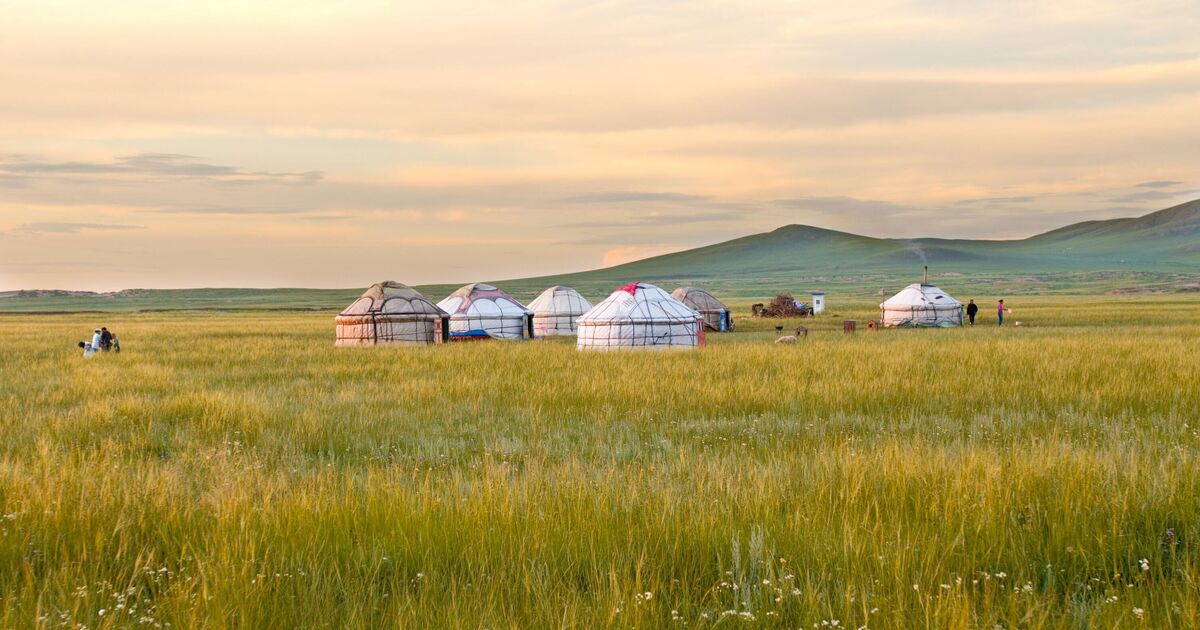The world’s largest landlocked country, tucked between China and Russia, covers an area of over 603,000 square miles, but is only home to just over 3.5 million, earning it the title of the world’s most sparsely populated sovereign state. In fact, Ulaanbaatar, Mongolia’s capital, is home to roughly half of the country’s population.
As a result of its severe lack of people, Mongolia is commonly referred to as an “empty country” and is believed to be around 99.7% empty, thanks to its extremely low population density compared to its extensive landmass. There is an average of just 2.2 people per square kilometre, or 5.7 per square mile. Comparing these figures to the population density of the UK, where there are on average 286 people per square kilometre, or 740 per square mile, Mongolia appears to be incredibly empty.
Much of Mongolia’s area is covered by grassy steppe (lacking in closed forests), with cold mountains found to the north and west and the Gobi Desert to the south.
Incredibly, 30% of the country’s population is nomadic or semi-nomadic, without fixed habitation, and horse culture remains integral. This way of life further emphasises Mongolia’s sparsely populated nature.
The traditional Mongolian dwelling is known as a ger, which is understood to be the basis for the development of traditional Mongolian architecture. Mongolia’s extreme continental climate and low population density have also had a clear impact on the traditional diet, with the use of vegetables and species limited. It is one of the few Asian countries where rice is not a main staple food. Instead, Mongolian people prefer to eat lamb, with wheat, barley and buckwheat more common that rice.
While the term “empty” may apply to Mongolia’s geography, the country itself has a rich history and a growing modern economy. In 1206, Genghis Khan founded the Mongol Empire, which became the largest contiguous land empire in history. After Mongolia achieved independence from the Republic of China in 1921, it became a satellite state of the Soviet Union.
After the anti-communist revolutions of 1989, Mongolia conducted a peaceful democratic revolution in early 1990. This led to a multi-party system and a new constitution of 1992.
Mongolia’s economic activity has long been based on herding and agriculture, although the development of extensive mineral deposits of copper, coal, molybdenum, tin, tungsten and gold has emerged as a driver of industrial production. Mongolia also produces one-fifth of the world’s raw cashmere.

